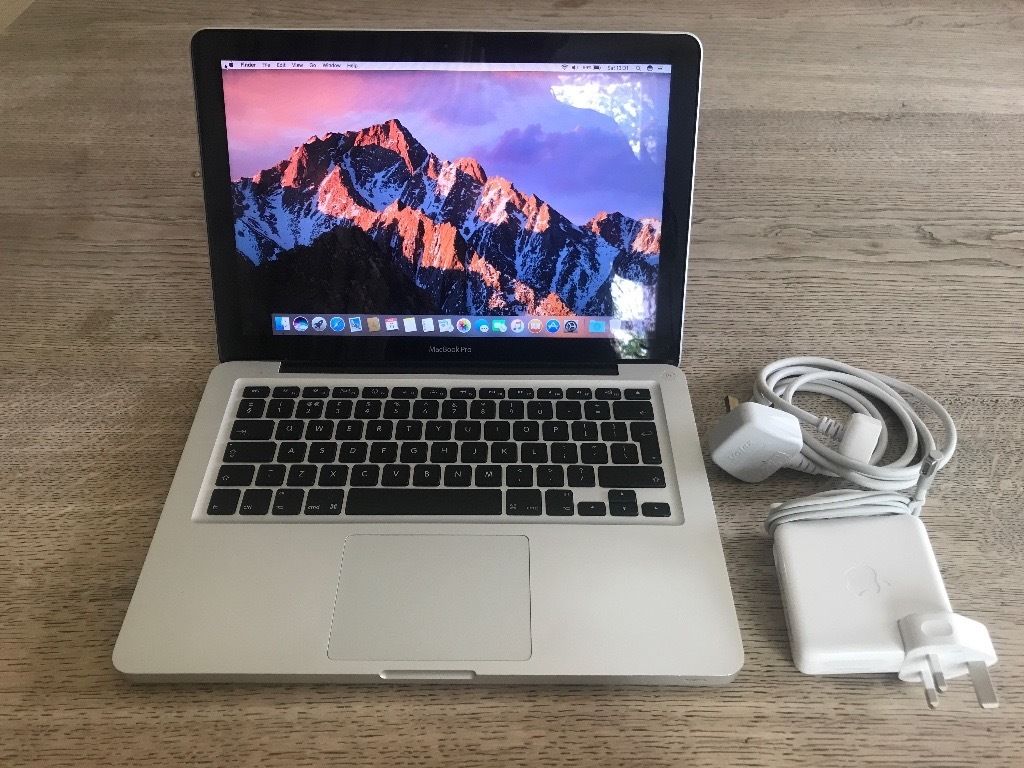

 A FAT-formatted external drive or blank CD or DVD on which to store the Windows driver files. If you're using a 2011 or 2012 MacBook Air or any other Mac without an optical drive, you'll need either an external optical drive and a Windows 8 install DVD, or a 4GB or larger USB stick and a Windows 8 ISO file. If you're using a Mac with an optical drive or a MacBook Air older than the 2011 model, you'll need a Windows 8 install DVD (and, for the older Airs, an external optical drive).
A FAT-formatted external drive or blank CD or DVD on which to store the Windows driver files. If you're using a 2011 or 2012 MacBook Air or any other Mac without an optical drive, you'll need either an external optical drive and a Windows 8 install DVD, or a 4GB or larger USB stick and a Windows 8 ISO file. If you're using a Mac with an optical drive or a MacBook Air older than the 2011 model, you'll need a Windows 8 install DVD (and, for the older Airs, an external optical drive). 
For the purposes of this article, we're going to assume you're working with the 64-bit version of Windows (and at this point, you probably should be anyway).
A valid Windows 8 or Windows 8 Pro license key. A Mac that supports Mountain Lion and has at least 20GB of free disk space, though more is obviously preferable. Setup processīecause we haven't talked about this in a while, let's take a gander at the Boot Camp installation process as it stands in Mountain Lion. The issue is that Apple doesn't exactly prioritize Windows driver updates, and this is doubly true when a new version of Windows is concerned: Boot Camp support for Windows 7 trailed general availability by about three months, and the song remains the same for Windows 8.īut official support be damned, we say! We installed Windows 8 on our 2011 iMac and 2010 MacBook Air to see what happened, and we kept a log of our findings to help those of you who don't feel like waiting on Apple's drivers. This means using Boot Camp to install Windows on your Mac as you would to any PC, and that means relying on Apple's Windows drivers to get everything working properly. 3D performance is either much-reduced by virtualization or (in the case of VirtualBox) completely non-existent, and given that most Macs don't have top-shelf graphics processors to begin with, there's simply no substitute for running Windows on bare metal, as they say. You take a definite performance hit with virtualization programs, but for most people the ability to run the applications they need without rebooting is more than convenient enough to make up for such shortcomings. Review: Windows 8 core apps OK for tablets, disappointing on desktopsįor many Mac users who occasionally need to run Windows applications, virtualization solutions like Parallels Desktop, VMware Fusion, and VirtualBox are often the best way to do so. Microsoft sold 4 million Windows 8 upgrades in three days. Going to work with Windows 8 Enterprise. Windows 8 basics: Tips, tricks, and cures. No support? No problem! Installing Windows 8 on a Mac with Boot Camp.










